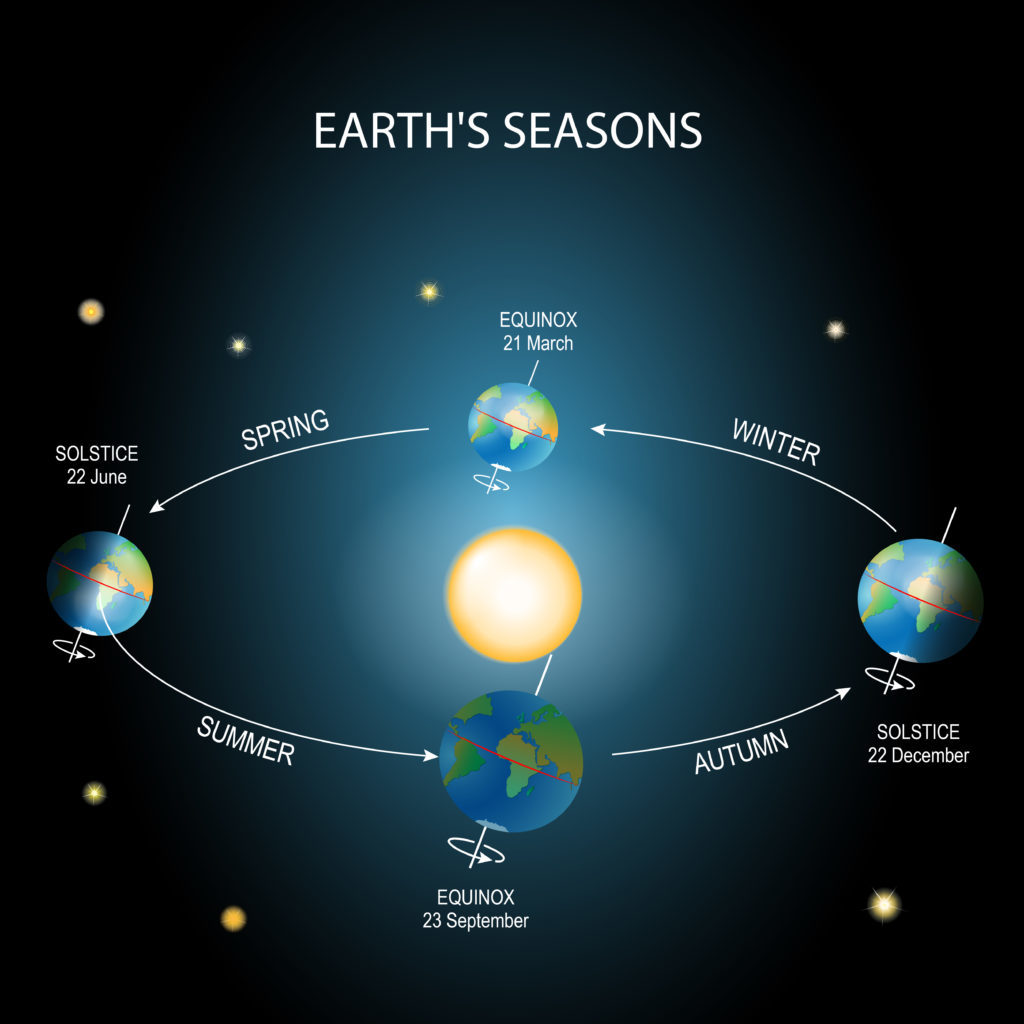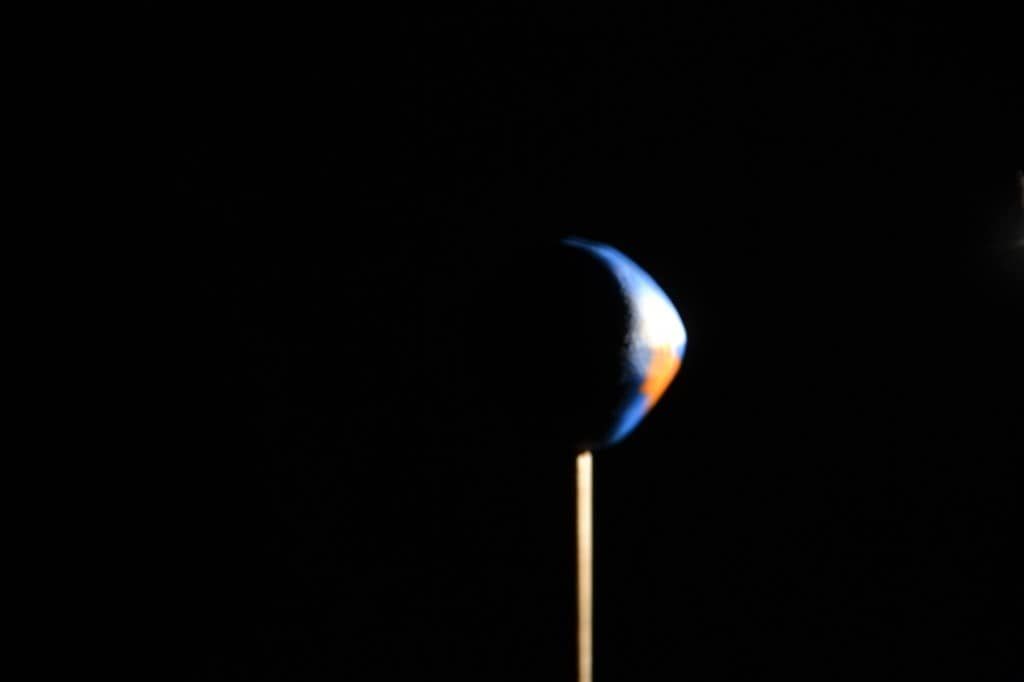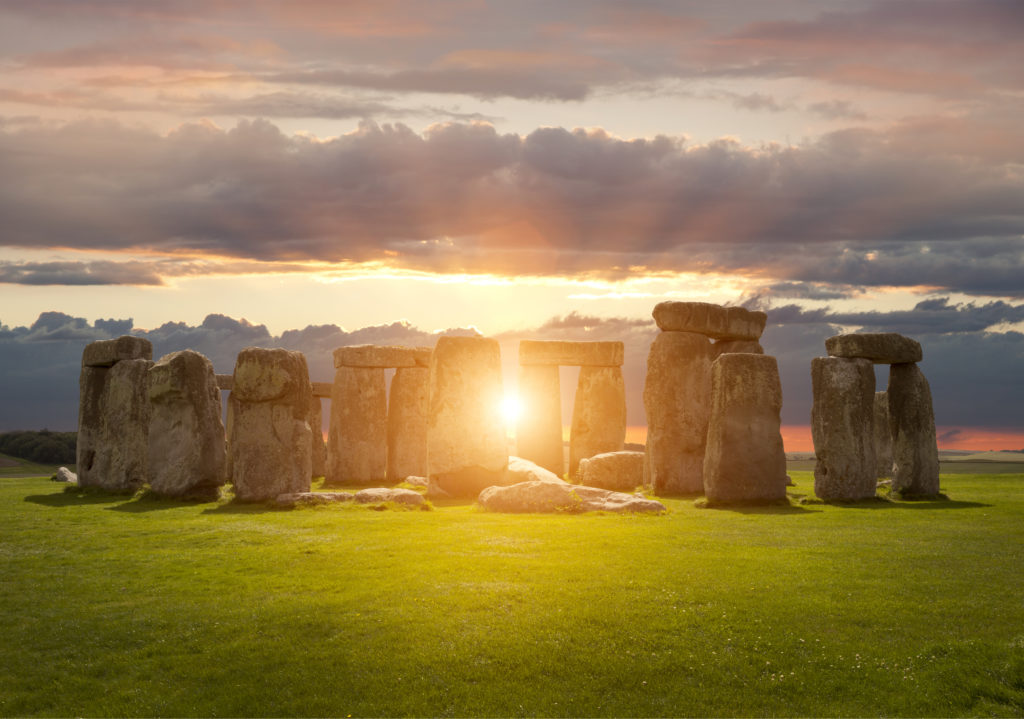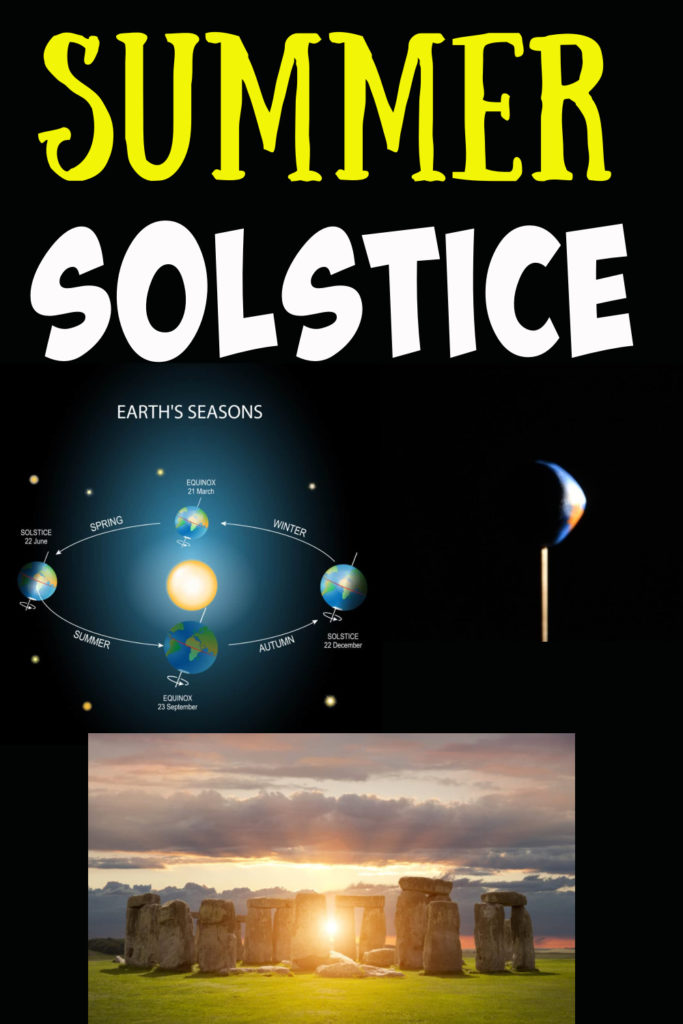The summer solstice is the longest day of the year when the Earth’s North Pole is tilted closest to the sun. There are two solstices each year. One in June and one in December. The time of the solstice is the same all over the planet, but the season depends on where on Earth you are ( Northern or Southern Hemisphere ).
The term solstice is made up of the Latin sol meaning the sun, and sistere which means make stand still.
In the Northern Hemisphere the June solstice is the first day of summer and the December solstice the first day of Winter. In the Southern Hemisphere it’s the other way round.
Why are the days longer in summer?
There are more hours of daylight in summer because of how the Earth revolves around the sun.
In the Northern Hemisphere ( the half of the world above the equator ), the longest day is the 20th or 21st of June.
The opposite happens in the Southern Hemisphere, where the longest day is the shortest day in the Northern Hemisphere.
This is because the Earth is tilted. The half of the Earth tilted towards the sun is in summer, and that part of the Earth tilted away from the sun is in winter. You can see in the image below that each hemisphere of the Earth is tilted towards the sun for one-half of the year and away from the sun for the other half of the year.

What is the longest day of the year?
The longest day of the year in the Northern Hemisphere is the 20-22nd June.
When is the shortest day of the year?
The shortest day of the year in the Northern Hemisphere is the 20th-23rd December.
Why does the exact date of the Summer Solstice change?
This is because of leap years which cause the date to change a little each year.
What is an Equinox?
The equinox is the day of the year when the tilt of the Earth is 0, and there are equal hours of day and night. This happens twice a year, on the first day of Spring and the first day of Autumn. Equinox means equal.
Summer Solstice Activities for Kids
These easy ideas are super simple and should help children understand the science behind the summer solstice.
Why do we have night and day?
This simple demonstration I wrote for Lets Lasso the Moon many years ago is a great practical demonstration as to why we have night and day.

How does the Earth orbit the sun?
This very simple, hands-on demonstration shows how the Earth orbits the sun and the moon orbits the Earth.
Visit Stonehenge
Stonehenge needs an article to itself, as the history behind it is incredible. At each solstice, the rising sun reaches the middle of the stones, but if you happen to be passing by, it really is an amazing sight to see regardless of the time of year.

Make a rainbow
Did you know sunlight ( white light ) is actually made up of a spectrum of 7 different colours? You can see these when a rainbow forms. Another way to show the spectrum of colours in white light is to make a rainbow using a prism.

Last Updated on October 9, 2024 by Emma Vanstone

Leave a Reply